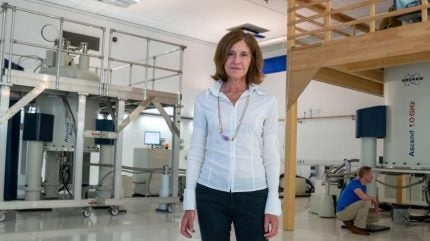
Researchers at the University of Birmingham’s Integrative Structural Biology have discovered a mechanism of enzyme communication that could aid drug development.
Their study reveals how proteins within enzymatic systems interact to produce natural products with potential therapeutic effects.
These enzymes synthesise natural products with a broad spectrum of disease-fighting capabilities.
The research marks a crucial step in pursuing new strategies to combat antimicrobial resistance which requires the development of new biologically active molecules, or natural products, with antiviral, antibacterial or anticancer properties.
The modularity of these enzymes suggested a specific assembly pattern for creating each natural product. A deeper understanding of how these modules assemble could allow scientists to design or modify enzymes.
This approach could lead to the engineering of new natural products or the optimisation of existing ones known for their beneficial properties.
Access the most comprehensive Company Profiles on the market, powered by GlobalData. Save hours of research. Gain competitive edge.

Your download email will arrive shortly
We are confident about the unique quality of our Company Profiles. However, we want you to make the most beneficial decision for your business, so we offer a free sample that you can download by submitting the below form
By GlobalData
Though the engineering of new enzymes is a distant goal, the latest findings pave the way for innovative research directions and methodologies in drug discovery.
The team utilised the structural biology equipment housed in the Henry Wellcome Building for Nuclear Magnetic Resonance at the university for the study.
This technology provided insights into the dynamic communication processes within the enzymatic machinery which are not observable through structural techniques such as X-ray crystallography.
The team used the anti-cancer treatment Tomaymycin to demonstrate how two modules of the enzyme could locate each other and connect to form the structure necessary for drug synthesis.
University of Birmingham Henry Wellcome Building for Nuclear Magnetic Resonance academic lead professor Teresa Carlomagno stated: “These enzymes are capable of producing huge varieties of bioactive substances that could be useful in drug discovery. However, we don’t fully understand the principles governing how they work, or how they are assembled.
“Our research provides a valuable step towards understanding, and potentially exploiting these principles, which could help us design useful new enzymes.”

Sign up for our daily news round-up!
Give your business an edge with our leading industry insights.
